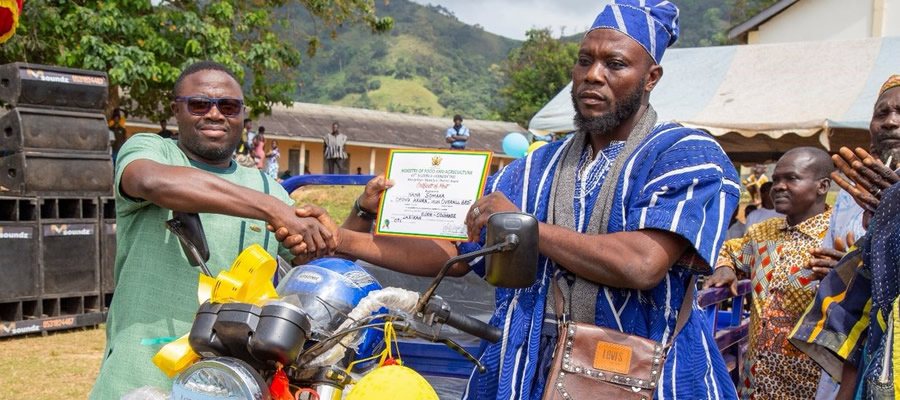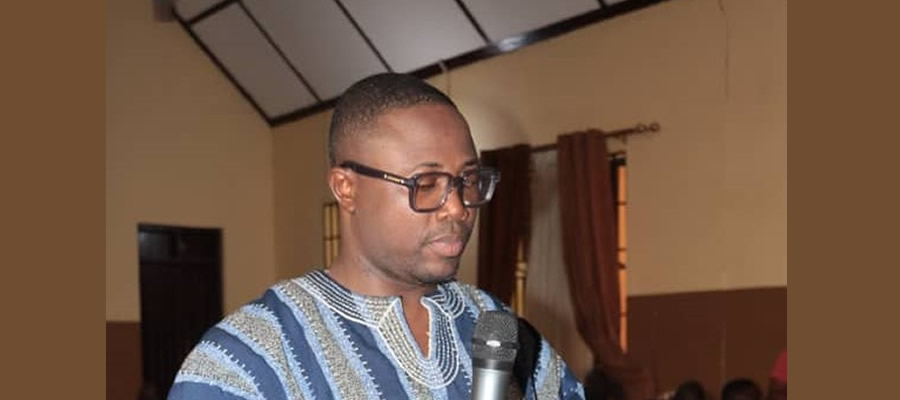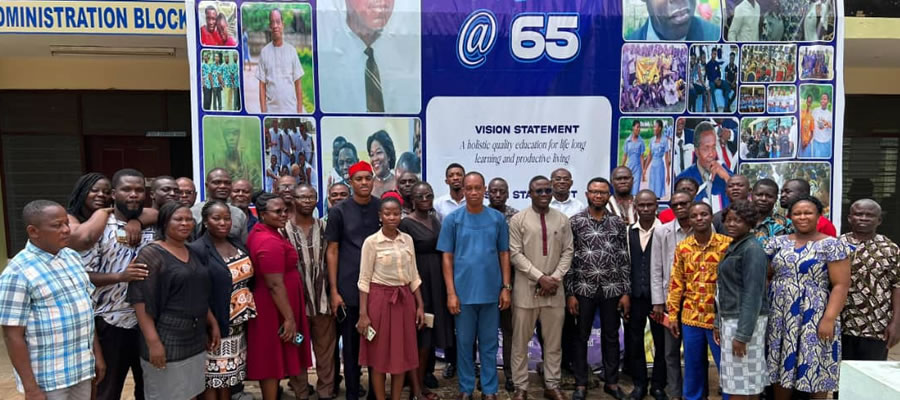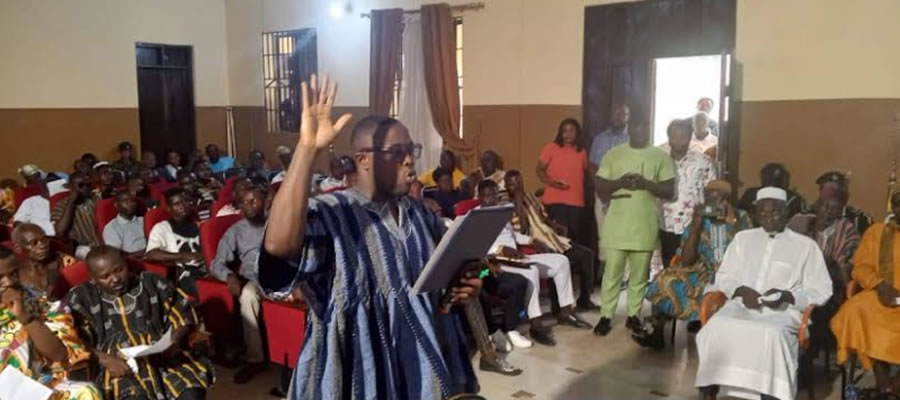

VULNERABILITY ISSUES
Population With Disability
Persons With Disability (PWD) have been defined as people who are unable to or are restricted in the performance of specific tasks or activities due to loss of function of some part of the body emanating from impairment or malfunction (Ghana Statistical Service, 2012).
Table 19 reveals that 7.2% of the population in the District suffered from disability .The percentage of 7.2% disability recorded in the District makes it higher than the 4.3% in the Volta Region. The District recorded the highest of disability cases in the Volta Region apart from South Tongu (11.3%).
Type of Disability
Table 19 recorded sight disability as the highest proportion in the district (40.4%), followed by emotional disability (15.2%). Physical disability (14.4%) however, ranked third in the District by type of disability. A proportion of 4.0% of the population in the Jasikan District suffered from more than one form of disability. Females in the District generally recorded the highest in proportion of persons with disability of all types (56.2%) and (43.8%) for males.
Distribution of Disability by Type of Locality of Residence
As shown in Table 19, the District recorded a proportion of 6.9 percent for disability of all persons living in urban localities, making it higher than the regional proportion of 3.6 percent and the highest in the Volta Region. The population of disability in urban communities in the District is (28.2%) which the female constitutes the highest (56.7%) and the males (43.3%). Sight disability in the urban areas recorded the highest form of (41.5%), followed by physical disability (17.0%). However, those who suffered other form of disability (4.0%) recorded the least.
Population of Disability among rural communities in the District recorded a proportion of 71.8 percent, making it higher than the urban areas. Table 19, reveals that females represents (56.0%) and the males (44.0%). Again, sight disability recorded the highest proportion in the District (40.0%), whiles emotional disability (17.0%) ranked second in the District. The least form of disability was other disability (4.1%).
Disability by Economic Activity Status and Sex
Table 20 recorded a proportion of 90.0% of the population aged 15 years and older without disability. 10 percent of the population had some form of disability. Sight of disability accounted for 42.7 percent (the highest among the various disability cases). Physical and emotional disability recorded 14.0 percent (the second highest form of disability after sight). It can be seen from Table 20 that for the employed population, 90.9 percent were without disability whiles the remaining 9.1 percent were with some form of disability. Sight disability recorded the highest proportion (42.7%), whiles emotional disability (14.7%) ranked second in the District by type of Disability.
The least form of disability is other (3.9%. As shown in the Table, employed males with disability constitutes 42.2 percent of which sight disability was the highest, whiles emotional disability (1.8%) ranked second. Other disability and intellectual disability recorded relatively low proportion. Employed females disability recorded a proportion of 57.8 percent higher than their male counterparts (42.2%). Sight disability was predominant among the various forms of disability among employed females (47.9%), followed by physical disability (15.7%). However, other disability and speech disability were relatively low proportions of disability among employed females.
Again, Table 20 recorded sight disability as the highest form of disability (33.3%), followed by emotional disability (26.7%). However, intellectual disability and hearing disability recorded the lowest proportion of female unemployed population in the district with disability.
In Table 20, the proportion of economically not active persons with disability was 12.6 percent. Sight disability constitutes the highest (34%), followed by physical disability which recorded 21 percent as the second highest in the District. For economically not active males, 11.1percent had some form of disability which was comparatively lower than their female counterparts which recorded a proportion of 13.9 percent. Among the female disability proportion, sight disability recorded the highest (33.3%), followed by physical disability (22.2%) in the Jasikan District.
GENDER
Gender is a social concept and it reflects society’s expectations about the roles and responsibilities and status of men and women and influences what is considered appropriate behavior, opportunities, interests and achievements for both sexes. These include what a woman or a man can or cannot do and what it means to be a man or woman; or what is masculine and what is feminine. This social categorization has had a devastating effect on the inherent potential of women on the economic, social, cultural and political front. In the light of these perspectives, the District will pursue programmes aimed at creating awareness on gender and the fundamental Human Rights of women and children and the other vulnerable including people with disability.
The main strategies involved campaign activities to educate, build support and bring change in opinions; networking with like-minded organizations on gender concerns for information sharing and collaboration; encourage research, training and educational programme for advocacy and working with the media.
In line with this, the District will seek funding for capacity building and foster closer collaboration among key institutions responsible for the promotion of gender, children and other vulnerable issues in the District. These are the Social Welfare Department, Ghana Education Service, Ghana Health Service and gender sensitive Non-Governmental Organizations like the Royal Health Organization.
In pursuance of this, measures have been instituted to strengthen institutions like the National Commission for Civic Education (NCCE), National Council for Women, National Youth Council (NYC) to pursue advocacy role and create awareness among the general public. At the community level, traditional authorities will be empowered to promote gender issues throughout the District.
Date Created : 2/7/2019 4:58:58 AM












 facebook
facebook
 twitter
twitter
 Youtube
Youtube
 +233 593 831 280
+233 593 831 280 0800 430 430
0800 430 430 GPS: GE-231-4383
GPS: GE-231-4383 info@ghanadistricts.com
info@ghanadistricts.com Box GP1044, Accra, Ghana
Box GP1044, Accra, Ghana